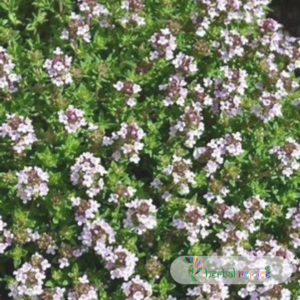Introduction
Zataria multiflora Boiss., commonly known as Wild Thyme, is a versatile herb with numerous health benefits. Indigenous to Iran, Afghanistan, and Pakistan, this herb has also been imported into India for its medicinal properties. In Unani medicine, it is referred to as Saatar Faarsi, Al-Saatar, or Origanon.
Biomedical Action
The herb is known for its diverse actions, including stimulant, anti-inflammatory, anodyne, diaphoretic, diuretic, emmenagogue, anthelmintic, and antilithic properties. It is particularly valued for its ability to detoxify the liver, stomach, and intestines, making it an effective treatment for various inflammatory conditions of the liver.
Chemical Constituents
One of the most important components of Zataria multiflora Boiss. is its essential oil. The essential oil consists of 69% phenols, primarily composed of carvacrol with traces of thymol. Phenols have been widely studied for their antimicrobial, antioxidant, and anti-inflammatory properties. Additionally, the essential oil contains 31% nonphenols, such as p-cymene, cineol, borneol, and zatarinol. These compounds contribute to the herb’s overall healing effects.
Zataria multiflora Boiss. is also rich in other beneficial compounds, including alkanes, beta-sitosterol, betulin, fatty acids, and triterpenic ketones. These compounds further enhance the herb’s therapeutic properties and contribute to its wide range of applications.
Health Benefits
With its potent anti-inflammatory properties, Zataria multiflora Boiss. can be used to alleviate inflammation in various parts of the body. It can provide relief from conditions such as liver inflammation, which can be caused by a range of factors including infections, toxins, and alcohol abuse. By detoxifying the liver, stomach, and intestines, this herb supports the overall health of the digestive system.

Furthermore, Zataria multiflora Boiss. is known for its diaphoretic properties, which can help promote sweating and facilitate the elimination of toxins from the body. This makes it a valuable herb for treating fever and promoting overall detoxification.
The herb’s diuretic action aids in increasing urine production, which in turn helps eliminate toxins and supports kidney function. Its emmenagogue properties can also be beneficial for women, as it can help regulate menstrual cycles and relieve menstrual pain.
In addition to its wide range of medicinal uses, Zataria multiflora Boiss. has also gained attention for its antimicrobial effects. The essential oil, rich in phenols, exhibits strong antimicrobial activity against various pathogens, making it a potential natural remedy for combating infections.
Conclusion
To conclude, Zataria multiflora Boiss., commonly known as Wild Thyme, is an invaluable herb with numerous health benefits. From its powerful anti-inflammatory and detoxifying actions to its antimicrobial and diaphoretic properties, this versatile herb has been utilized for centuries in traditional medicine. Incorporating Zataria multiflora Boiss. into your wellness routine may offer a natural and effective way to promote overall health and well-being.


